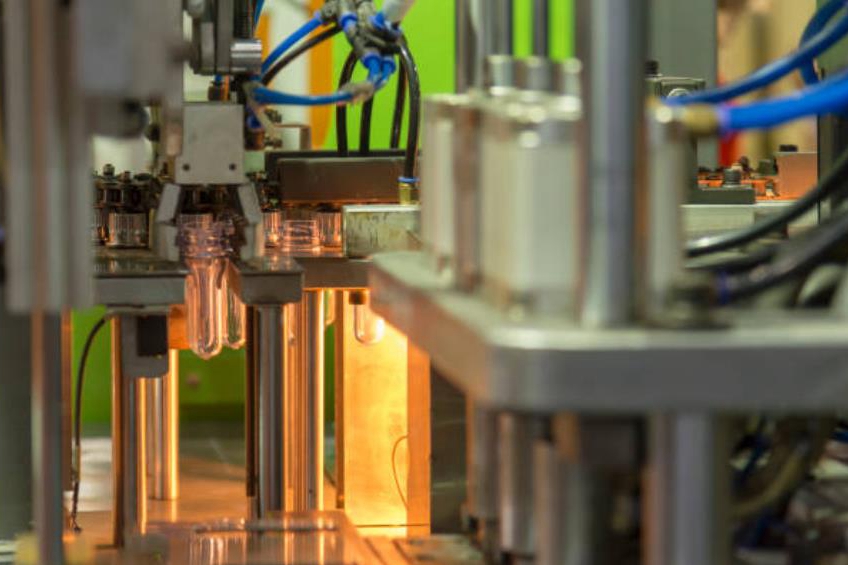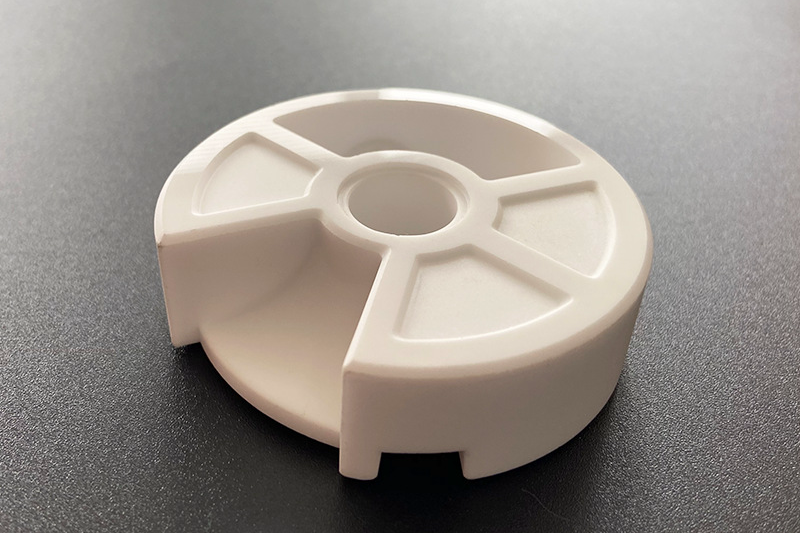For smart lock transmissions, are metal or engineering plastics more reliable?
In smart lock transmission systems, reliability depends on torque requirements, long-term dimensional stability, wear resistance, and exposure to environmental conditions. Both metals and engineering plastics can perform well, but their suitability must be evaluated based on loading conditions, expected lifespan, and environmental factors such as humidity, dust, and temperature variation. For mechanically loaded gears, shafts, and cam mechanisms, metal components produced through metal injection molding or precision casting provide excellent fatigue resistance and tight tolerance control. Engineering plastics become a competitive option when weight reduction, noise suppression, and cost efficiency are priorities, especially when produced via injection molding for mass production.
Metal Transmission Components
For high-torque and anti-manipulation mechanisms, metals such as MIM-4140 and MIM 17-4 PH offer high strength-to-size ratios. Dimensional accuracy is maintained through heat treatment and nitriding, ensuring that sliding interfaces resist wear during repeated locking cycles. Metal parts also integrate easily with insert molding when hybrid assemblies are required between housing and mechanical components.
Engineering Plastic Transmission Components
For noise-sensitive environments or lightweight designs, plastics such as nylon (PA), PBT, or PC-PBT are suitable. These materials show stable performance when humidity and load are controlled. Low-friction coatings such as Teflon coating can further reduce friction and enhance durability. Prototyping is typically validated through CNC machining and later scaled up for injection molding in mass production, ensuring high repeatability.
Selection Guidelines
For smart lock transmissions, part reliability is influenced by the operating load case: 1. High torque / anti-manipulation → use metals via metal injection molding. 2. Low torque / noise priority → use plastics with overmolding or insert molding. 3. Long-term reliability → validate designs through wear-cycle testing and environmental simulation via prototyping. 4. Cost-efficient series production → move to injection molding once geometry is locked.



